Kokaistudios designed the EYAS Kindergarten as an innovative early-years educational facility built upon values of creativity, community and cohesion.

June 17th, 2024
Kokaistudios has designed Eyas Kindergartenas a children’s interactive wonderland. Every design decision was influenced by the studio’s child-centred approach; from the furnishings and fixtures to signage and storage, the result is not simply a space that facilitates the learning process but seeks to actively improve it.
Sited within a dense urban landscape and surrounded by residential towers, Kokaistudios were challenged with optimising natural light and the wholesale reconfiguration of the internal structure. The design team rearranged the interior space with an open layout and dynamic circulation. The floorplan at EYAS Kindergarten features nine standardised classrooms alongside specialised spaces for dance, music, art, cookery and technology, each with a playful and engaging design that fosters a stronger bond between student and subject.
Related: Nature’s school by Vijay Gupta Architects

Linear circulation and unitary levels are eschewed in favour of varied volumes and playful exploration points. The punctuation of circular elements, from tables and chairs to reading trees and the floorplan, enhances a communal continuity at every turn and removes dangerous sharp edges, while the curving walls accommodate niche storage solutions.
The design scheme combines utility, learning and recreational space across two floors linked by a statement central staircase with an incorporated welcome desk and eye-level viewing strip.

The corridors have been replaced with internal social spaces and interlinking indoor playgrounds. An upper-floor playground is a place for the kids to look down on the main staircase and the double-height ceiling; it encourages them to go and explore the space and the different mediums of art.
Meanwhile, the colour palette has been chosen for its psychological properties – yellow, orange and green all play a role in improving reading and numerical comprehension – and their presence in a selection of iconic paintings.

Design features and considerations have been added to stimulate the children’s thinking outside of classroom learning. A De Stijl-inspired clock face greets students as they enter the building, while dance room signage on the second floor mirrors the figures from Degas’ seminal The Dancing Class. The signage has been designed with simplified typography that forms the bulk of the wayfinding, though a selection of visual subject representations prompt interpretation and a deeper quality of engagement.
Kokaistudios
kokaistudios.com
Photography
RAWVISION studio





Next up: Pillars of workplace design and campus master-planning in India
INDESIGN is on instagram
Follow @indesignlive
A searchable and comprehensive guide for specifying leading products and their suppliers
Keep up to date with the latest and greatest from our industry BFF's!
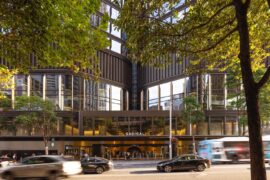
Rising above the new Sydney Metro Gadigal Station on Pitt Street, Investa’s Parkline Place is redefining the office property aesthetic.

For Aidan Mawhinney, the secret ingredient to Living Edge’s success “comes down to people, product and place.” As the brand celebrates a significant 25-year milestone, it’s that commitment to authentic, sustainable design – and the people behind it all – that continues to anchor its legacy.
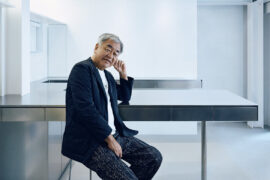
In a wide-ranging interview, the iconic Japanese architect joins Timothy Alouani-Roby to discuss his childhood home, the influence of Metabolism, a formative experience in the Sahara desert and a recent house by Mount Fuji.

Rising above the new Sydney Metro Gadigal Station on Pitt Street, Investa’s Parkline Place is redefining the office property aesthetic.
The internet never sleeps! Here's the stuff you might have missed
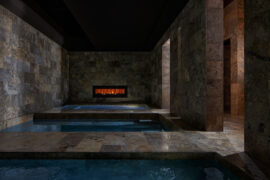
Hogg & Lamb’s Albion Bathhouse has been awarded The Health & Wellbeing Space at the INDE.Awards 2025. The project reimagines the contemporary bathhouse as an immersive architectural journey – one that restores balance through atmosphere, materiality and mindful design.
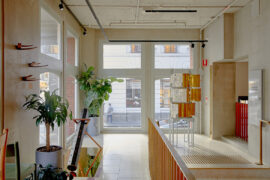
Stylecraft and NGV call for furniture and lighting designs addressing small-space living, with $20,000 prize and commercial development opportunity.

With Steelcase having reopened its refreshed WorkLife Showroom in Singapore this year, we spoke to Navedita Shergill about some key workplace macro shifts identified in their research.
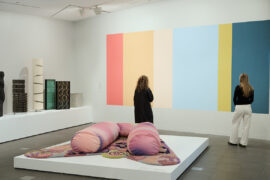
At the NGV’s Making Good: Redesigning the Everyday, design becomes a force for repair. From algae-based vinyl to mycelium earplugs, the exhibition proves that rethinking the ordinary can reshape our collective future.